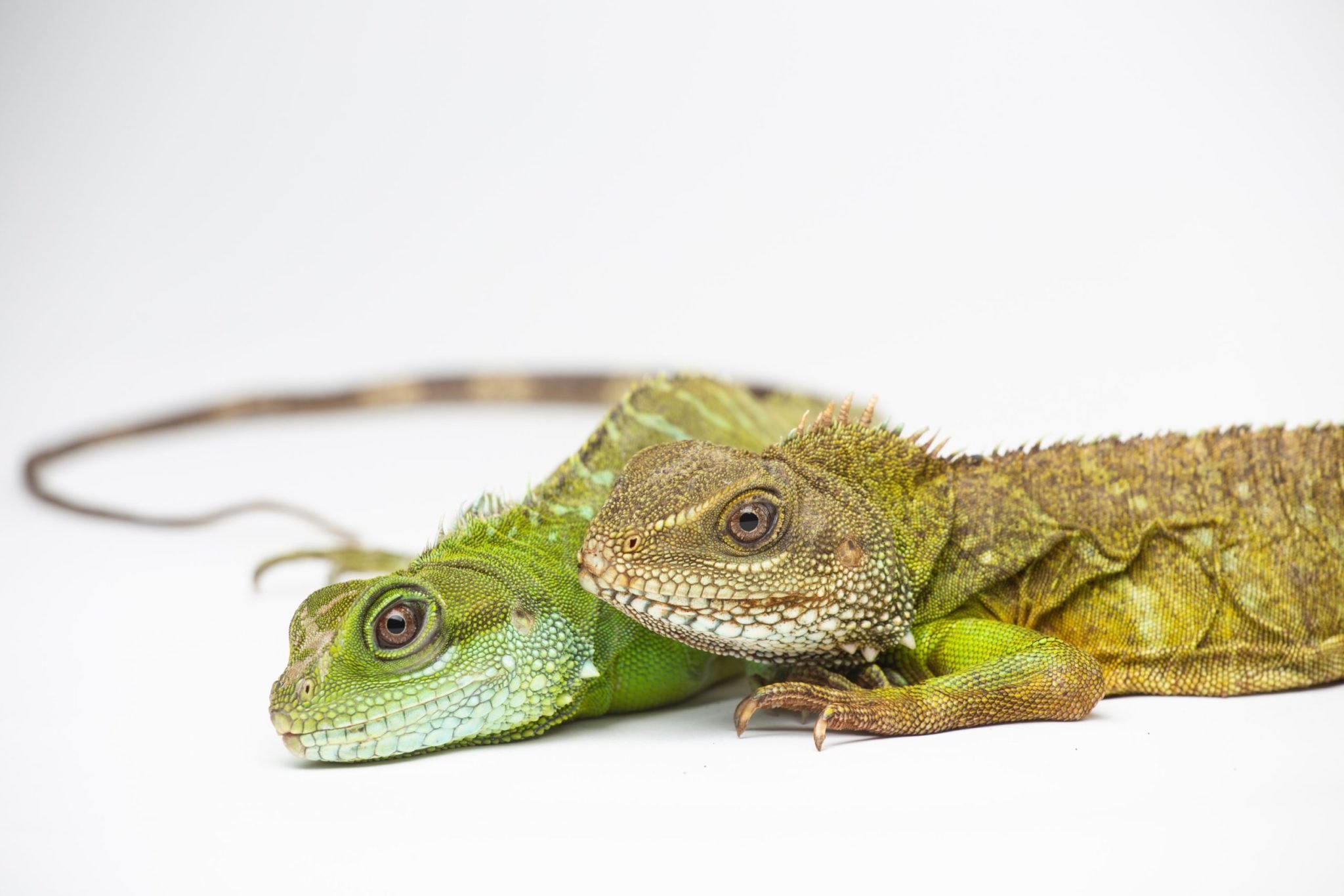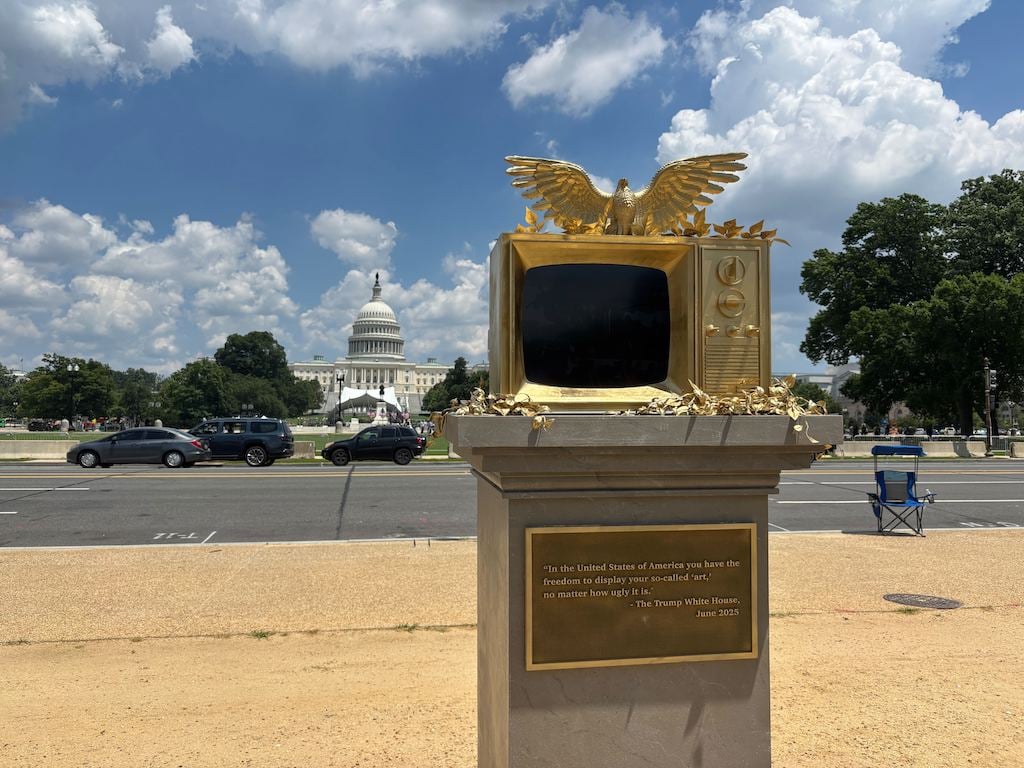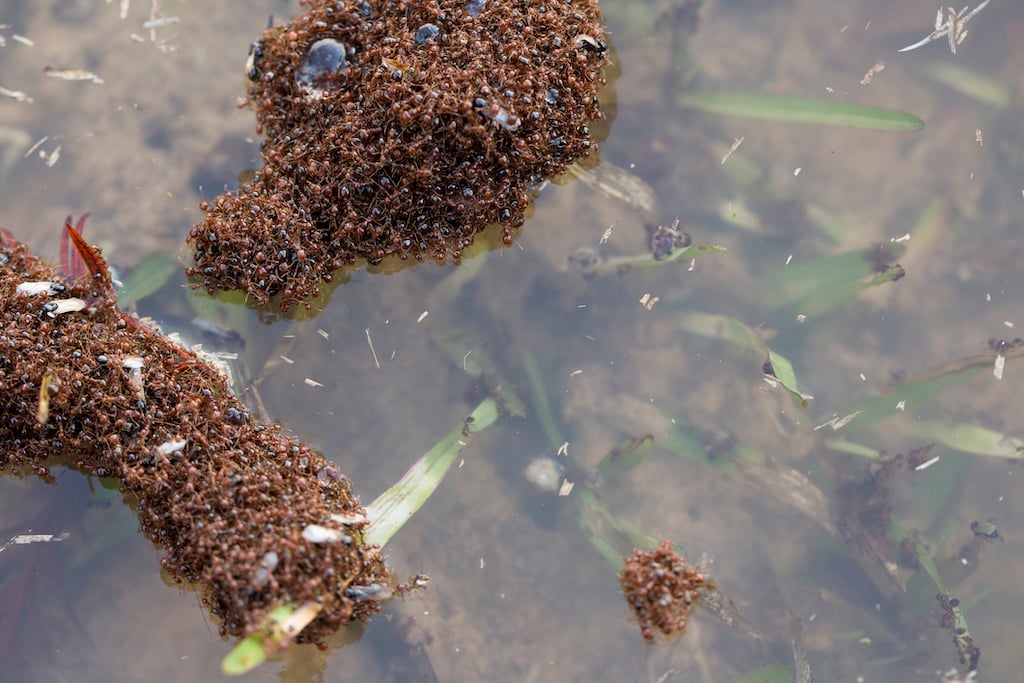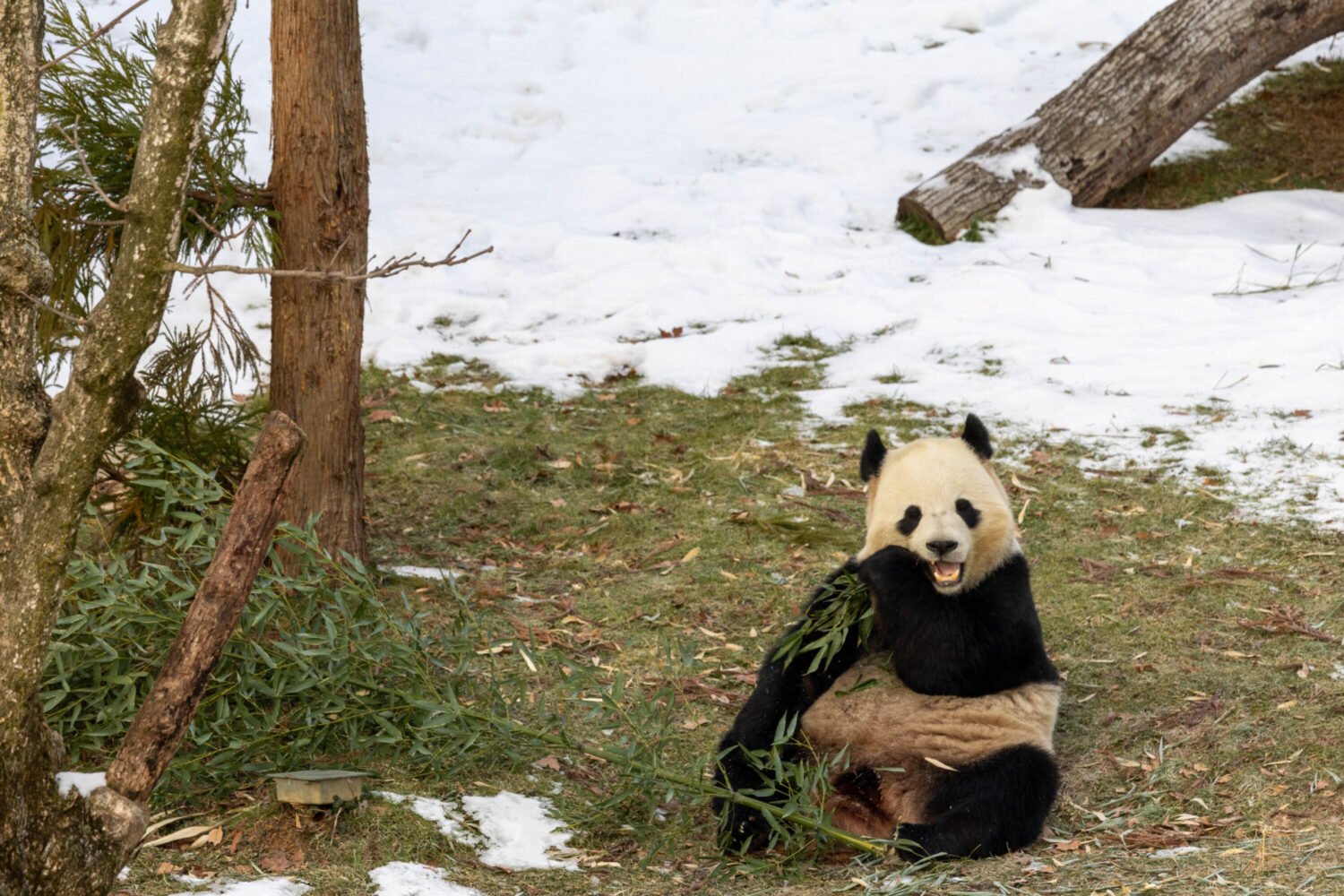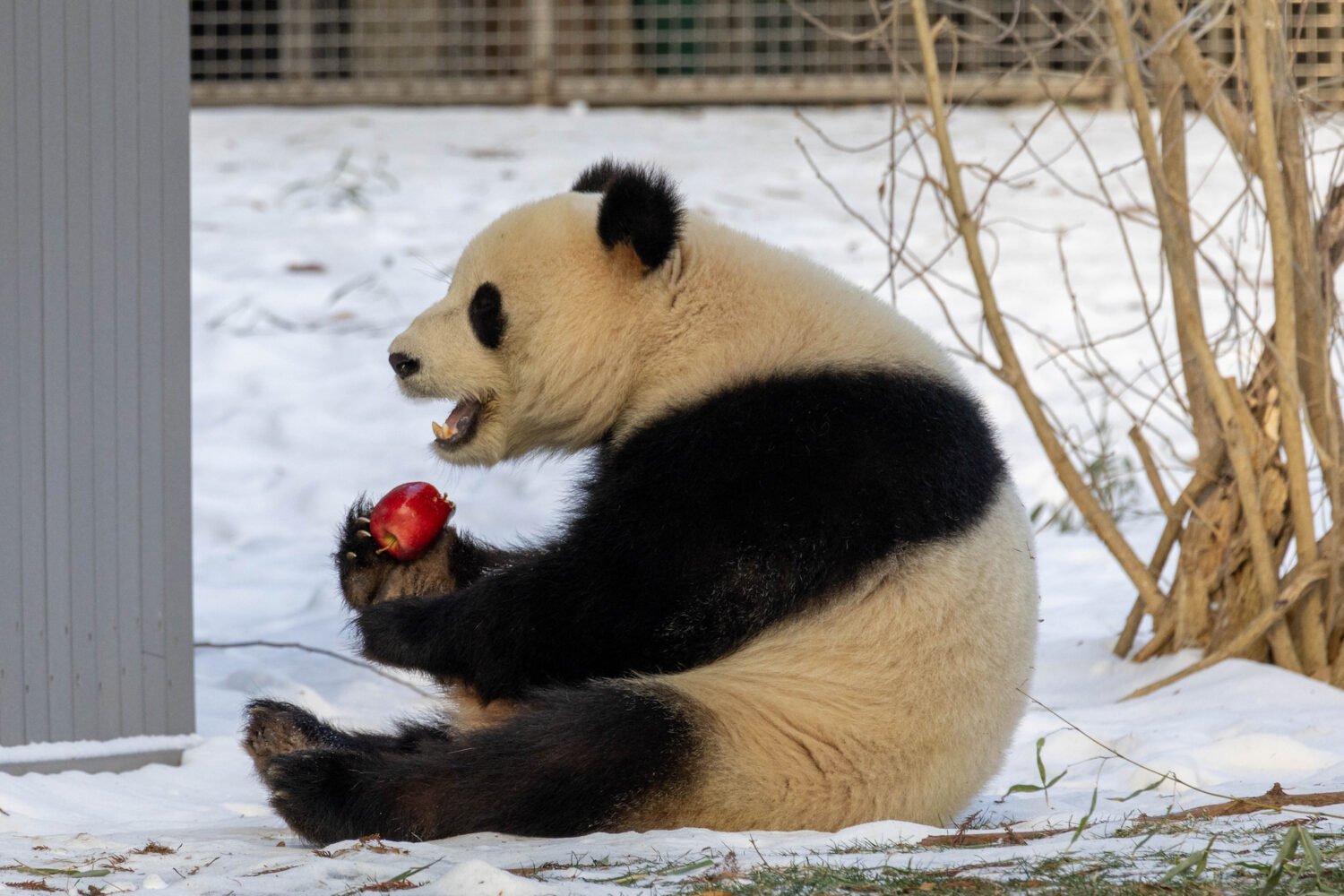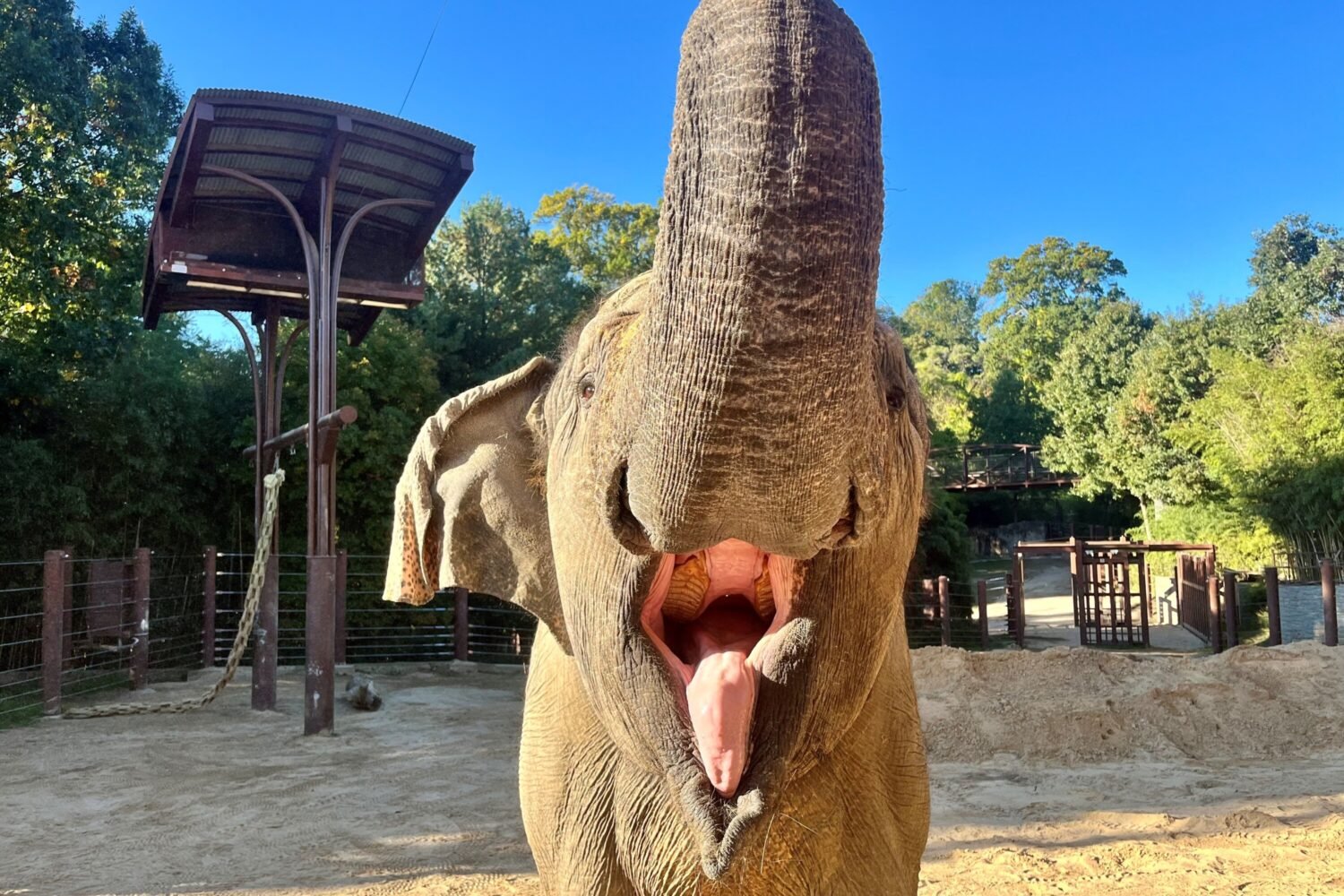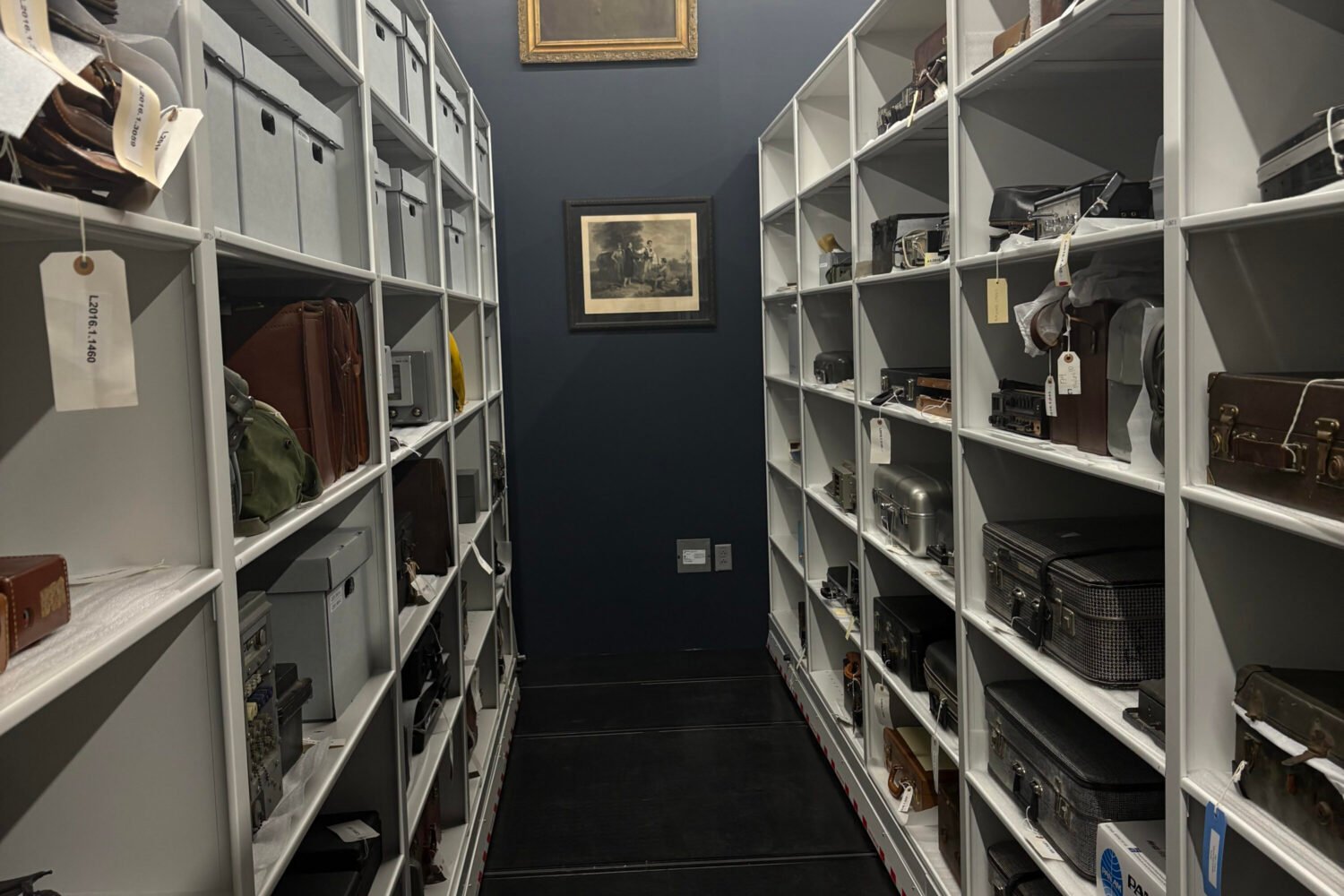A female Asian water dragon at Smithsonian’s National Zoo produced a baby two years ago “despite never breeding with a male or receiving genetic material,” the zoo announced this week.
This seeming miracle, which the Washington Post reported this morning, is due to parthenogenesis, or reproduction without a sex cell being fertilized, scientists at the zoo confirmed along with partners at the St. Louis Zoo and the University of the Sunshine Coast in Australia.
The mother dragon came to the facility as an “animal ambassador” rather than breeding stock, but she produced eggs anyway, the zoo explains. Keepers at the Reptile Discovery Center began incubating the eggs, which produced embryos. None survived except one born on August 24, 2016. While sexual reproduction would produce offspring with two alleles, or variant forms of genes, DNA analysis showed the offspring had only one allele: their mother’s.
Parthenogenesis occurs in some plants and insects. It’s rare in vertebrates, and this is the first published instance it occurring in Asian water dragons. Fortunately for those of us with ambitions to be useful in the continuation of our own species, parthenogenesis has not really caught on yet with humans, though a report from the ’90s suggests further inquiry is warranted.
The miracle lizard will be of breeding age next year, and the zoo says it plans to “monitor any eggs the daughter produces in future for signs of fertility.”
And now, some funny tweets.
Men everywhere are just a little scared right now…. https://t.co/WDgXFmIBL6
— annebot (@annebot) June 7, 2019
https://twitter.com/ryanbeckwith/status/1136978229275910144
https://twitter.com/stevekovach/status/1136978438840029185

